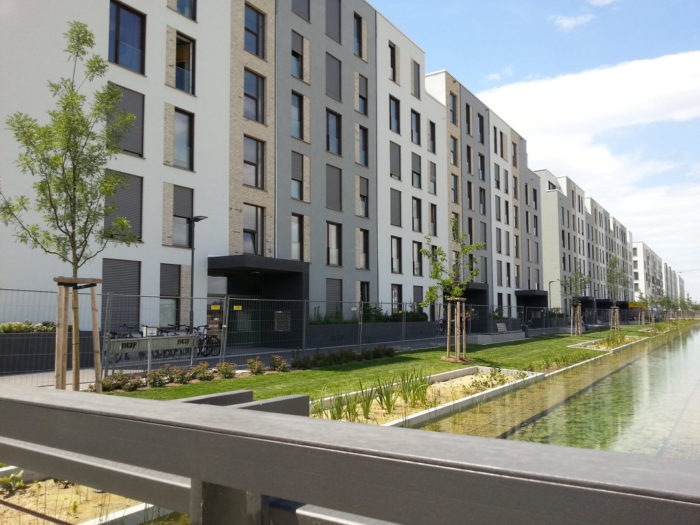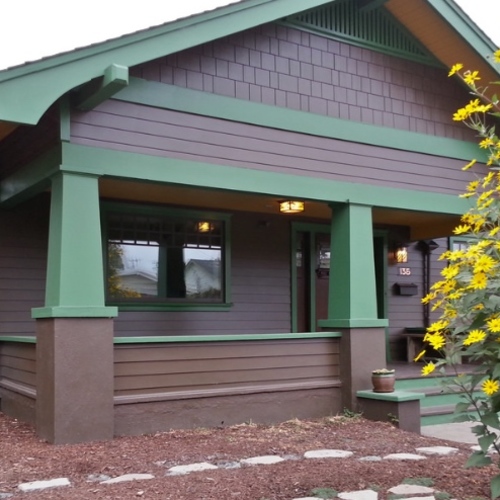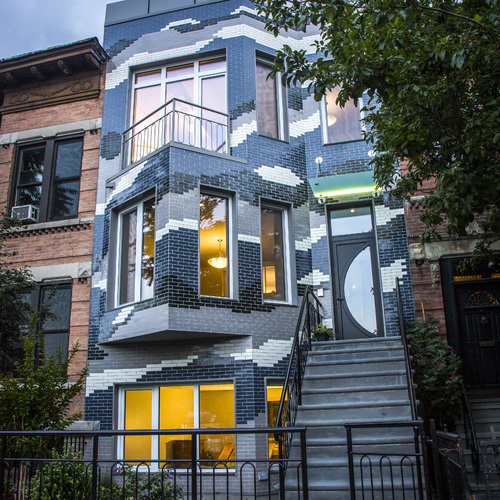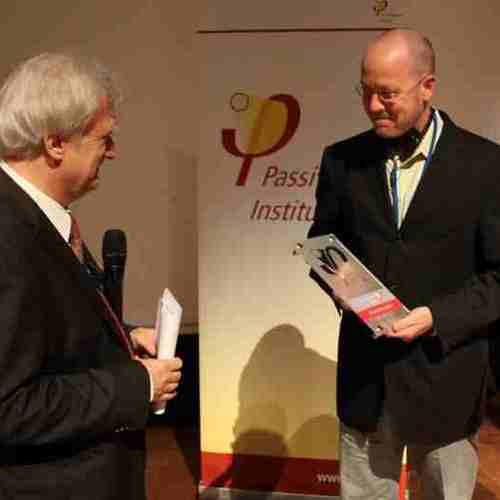
Image Credit: Passivhaus Institut
Germany’s Passivhaus Institut (PHI) says an entire housing district in the city of Heidelberg has met the stringent heat-energy requirements of the Passivhaus building standard, demonstrating the standard can be deployed on a large scale.
Measured energy consumption in the 1,260 housing units in 2014 averaged 14.9 kWh per square meter, a whisker under the 15 kWh/m2a standard required for Passivhaus certification. The units totaled more than 75,000 square meters (807,000 square feet).
The residential project in the Bahnstadt district of the city, which PHI calls the largest Passivhaus settlement in Europe, was built by different developers and architects, showing “convincingly” the building standard can be applied to wide swaths of construction, not just single buildings, according to a PHI announcement.
The amount of energy used for heat in these units was about 20% of what would have been used in conventionally built apartments, PHI said. It posted a full report online.
“The actual consumption depends on many additional factors such as user behaviour and the weather,” the announcement said. “In the case of the present study, it must be kept in mind that these measurements were predominantly performed during the first year of operation, in which consumption is usually higher than in subsequent years, due to work relating to tenants moving in and necessary adjustments. But even with these adverse influences, the Passive House buildings in Bahnstadt already function faultlessly.”
No ‘performance gap’ exists, says director
It’s also worth noting, PHI said, that measured consumption showed “consistently high conformity” with demand that had been predicted by the Passive House Planning Package, the energy modeling software that designers use. Certification of Passivhaus buildings is based on modeling, not actual measurements.
Dr. Wolfgang Feist, director of PHI, said, “The slight differences between the calculated balance and the actual measured values show that the Passive House Standard demonstrably and reproducibly results in extremely high savings of heating energy and thus, of course, also of costs. The much heard of ‘performance gap,’ a divergence between expectations and reality, does not exist with the Passive House Standard.”
The Bahnstadt district is being built on the site of a former freight railway station and is a mix of residential and commercial buildings covering 116 hectares (287 acres). In addition to apartment houses, several offices buildings and institutional spaces have opened. A school, retail shops, and a movie theater are being planned. When complete, some 12,000 people will work and live in the district.
Weekly Newsletter
Get building science and energy efficiency advice, plus special offers, in your inbox.















0 Comments
Log in or create an account to post a comment.
Sign up Log in